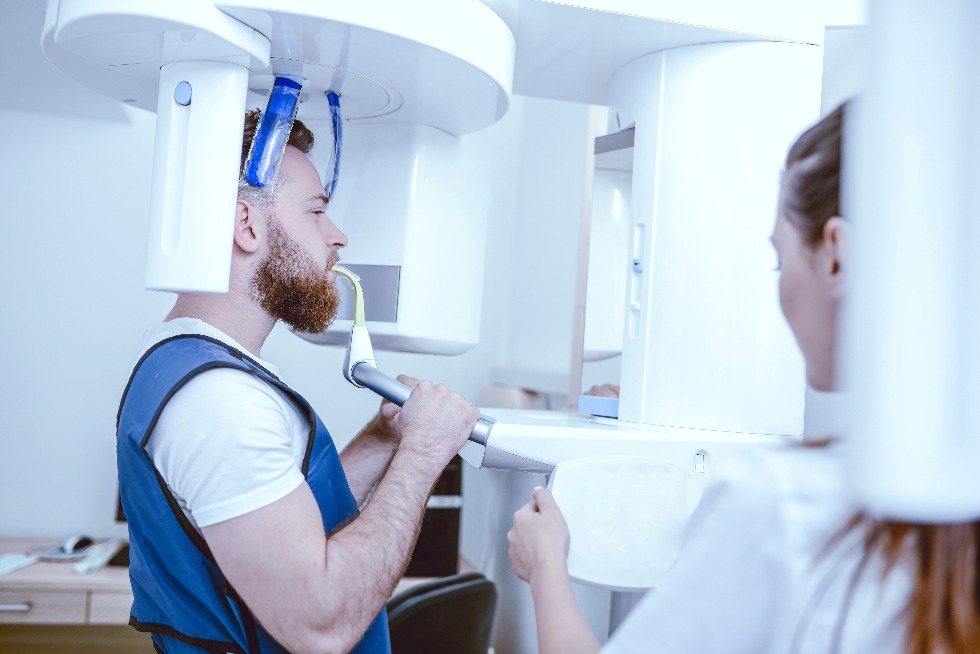Dentists take x-rays to get pictures of your teeth and bones and the soft tissues around them. Those x-rays can disclose things that can not be seen by the naked eye —things like cavities, wisdom teeth beneath the gums and other hidden dental features, and loss of jaw bone density and mass.
Film x-ray technology relied on by dentists for generations was invented by physicist Wilhelm Roentgen in 1895. Yes, over 125 years ago. Your dentist in Burnaby doesn’t use many 125-year-old technologies, and can now use much more advanced technology for taking dental x-rays: digital x-rays.
How do digital x-rays work?
To take digital x-rays in Burnaby using digital radiography, a technician places a sensor in your mouth. That sensor is an electronic instrument that is connected to a computer in your dentist’s office. The sensor collects images and instantly presents them on a screen where they can be viewed by you and your dentist. A dentist near you will also be able to zoom in and out of the images, rotate them, crop them, save them and even send them to other members of your medical or dental treatment team when necessary.
What are the advantages of digital x-rays compared to film x-rays?
- Digital x-rays near you use approximately 75 to 90% less radiation than traditional film x-rays.
- Film x-rays need to be developed in a dark room (like old school film in cameras — remember that?). Digital x-rays are available to be reviewed and assessed nearly instantly, just like the images captured by your own digital camera or smartphone. The instant availability of images reduces waiting time and anxiety, and shortens the length of dental appointments. Even if your appointments won’t be shorter, quickening the x-ray procedure allows for more time for consultation and conversation about your dental health
- The images captured by digital x-rays are of much higher quality than those captured by film x-rays. Considering that those x-rays are relied upon for making diagnoses and developing treatment plans, that’s much more than an aesthetic issue. The increased quality lets dentists focus on small irregularities that might not be visible in a less clear film x-ray image. Here’s one way to quantify how much better digital images are: Film x-rays can display 16 to 25 shades of grey. Digital x-rays can display over 200 different shades of grey
- Digital x-rays near you can be adjusted and manipulated electronically, such as by zooming, rotating and cropping. The increased quality of digital x-rays and the ability to manipulate a digital x-ray means fewer repeat x-rays will need to be taken. That further reduces wasted time and exposure to radiation.
- If you have complex dental conditions that require a consultation with a specialist at a different clinic, sharing digital images with those other specialists can happen nearly instantly. It’ll take just as long as it takes to add attachments to an email and send it. No longer will film x-rays need to be stored, packaged and shipped from one clinic to another. The same advantage pays off in convenience and less wasted time if you move or need to switch from one dental clinic to another. Transferring digital x-ray files and related treatment records can take place nearly instantly.
Digital x-rays are an example of the type of financial and training investments in technology that the best and most dedicated dentists make to ensure their patients have access to the most current, comfortable, efficient and effective form of treatment. For patients, the difference between digital and film x-rays may be nearly invisible… until a critical diagnosis or urgent treatment plan depends on speed, accuracy and clarity.


